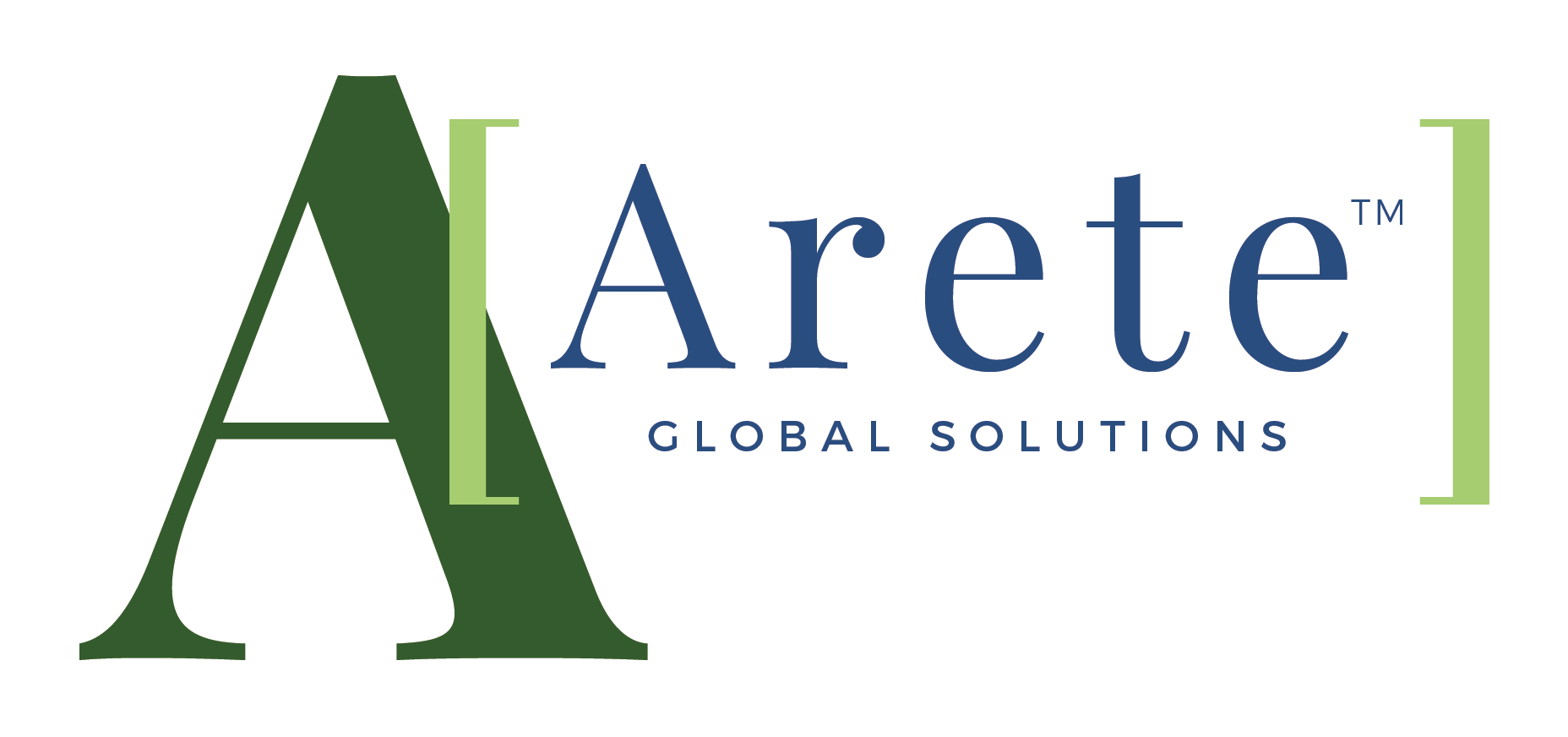This is part of an ongoing series of posts about areas of READINESS that should be addressed before you start a new project to ensure success.
Risks are threats and opportunities which are based upon events that might prevent, enhance, accelerate, degrade or delay the achievement of the project objectives. These are uncertain events or conditions, because they haven’t happened yet. Most project risks are “negative”, but, technically speaking, there are also “positive” risks.

Each of the topics posted in this series on READINESS pose risks to any project. Additionally, there are always many other risks specific to the project. Each risk has a probability and an impact severity. This information is used to classify, segregate and prioritize the risks. For each, an informed decision should be made as to whether it should/can be avoided, transferred to another party, mitigated, or accepted, based upon the nature of the project. This is a critical and ongoing exercise. On a regular basis, risks should be reassessed for changes to their probability or impact.
Risks addressed and un-addressed, can (still) become issues. An issue is an event or condition that has already happened and has impacted or is currently impacting the project. The objective of a risk management discipline is to prevent risks from becoming issues. The effort and overall impact of managing a risk is usually far less than effort and impact of addressing it as an issue.
Here is a real-life example of a risk that then became an issue. In an assignment for a manufacturing company, we were designing and launching a program to enhance the performance of the sales channel that supported our product distributors. This program had been in the design phase for almost a year and the architect was a lead marketing resource. Unfortunately, most of the design was in his head and not documented. A flight risk existed with high severity. The probability of an employee leaving is difficult to determine and can vary greatly from week-to-week.
Shortly after I began working on the project, the architect gave notice and left the company for another opportunity. The risk became an issue. We spent the last few weeks of his tenure collecting and documenting as much design detail as possible. In the months following, and until launch, the team had to quickly identify and address design gaps to reduce the impact on the project. We met project objectives, but had to do a lot of extra work and scrambling to meet the deadlines.
Without this active risk management, you are not only exposing the overall project to fail or experience extensive cost overruns, but exposing your customers, staff, and organization to unknown consequences, some direct and some indirect, now and in the future. Unfortunately, motivating teams to practice this is often challenging. Sometimes taking this activity in small chunks and making it a habit help ensure that you will receive ongoing value.

2 thoughts on “Risks uncollected or unaddressed”
Everything is very open with a precise clarification of the challenges. It was really informative. Your website is useful. Thanks for sharing!
Thank you for the comments and viewing the materials.
Comments are closed.